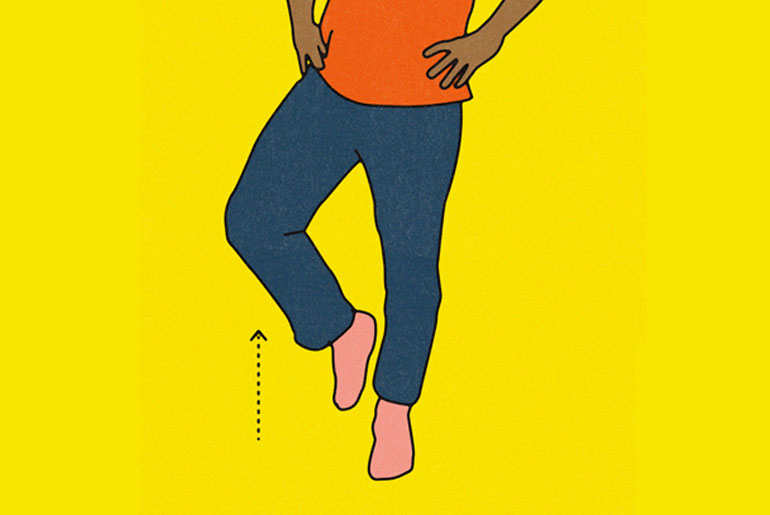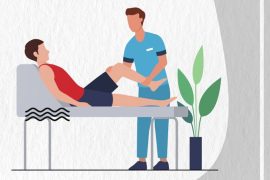Modern sedentary lifestyles, characterized by long hours of sitting and minimal movement, have negatively impacted balance skills, contributing to an increased risk of falls—the second leading cause of accidental deaths globally after car crashes. However, balance can be improved through simple practices. The benefits of standing on one leg, a technique that not only enhances balance and brain function but may also serve as a predictor of longevity.
The Science of Balance
Complex Coordination:
- When standing on one leg, the brain integrates signals from various systems:
- Inner ear: Maintains equilibrium through fluid movement and sensory hair cells.
- Eyes: Provide visual cues essential for balance.
- Joints and muscles: Send feedback to the brain about body position.
- Closing your eyes while standing on one leg significantly increases the difficulty because visual input is removed. Being able to balance for 10 seconds with eyes closed is a sign of good balance.
Aging and Balance:
- With age, the balance structures in the inner ear deteriorate due to reduced hair cells and blood flow.
- However, the brain’s plasticity allows it to form new nerve connections to compensate for these changes.
Benefits of Standing on One Leg
Improves Brain and Body Coordination:
- Regular practice strengthens the connection between sensory systems (ears, eyes, muscles, joints) and the brain.
- Each attempt recalibrates the brain to improve balance and stability.
Predicts Longevity and Health:
- Studies show that performance in balance tests can predict life expectancy and health:
- In a 1999 study, people in their 50s who could stand on one leg for less than 2 seconds were three times more likely to die within 13 years compared to those who could balance for 10 seconds or more.
Builds Core Strength:
- Balance exercises help strengthen the core muscles and improve body alignment.
- They are especially useful for breaking the monotony of a sedentary lifestyle, correcting postural imbalances caused by prolonged sitting.
Supports Athletic Performance:
- Balance is crucial for various sports, from surfing and skateboarding to bowling. Improving balance enhances overall athletic abilities.
Reduces Fall Risk in Older Age:
- Consistent practice maintains stability and confidence, preventing falls and ensuring a more active lifestyle in later years.
How to Incorporate Balance Exercises
Start Simple:
- Stand on one leg while brushing your teeth or watching TV.
- Gradually increase the duration to build stability.
Challenge Yourself:
- Close your eyes to enhance difficulty and stimulate the brain further.
- Once proficient, try tandem walking (walking in a straight line as if on a tightrope).
Set Goals:
- Aim for a minute of balancing on one leg with eyes closed, as suggested by Prof. Dawn Skelton.
Standing on one leg is a simple, accessible exercise with profound benefits for physical and mental health. It improves balance, core strength, and longevity while reducing fall risk and enhancing athletic performance. Incorporating it into daily routines can significantly impact your health and mobility as you age.
Disclaimer:
The information contained in this article is for educational and informational purposes only and is not intended as a health advice. We would ask you to consult a qualified professional or medical expert to gain additional knowledge before you choose to consume any product or perform any exercise.







